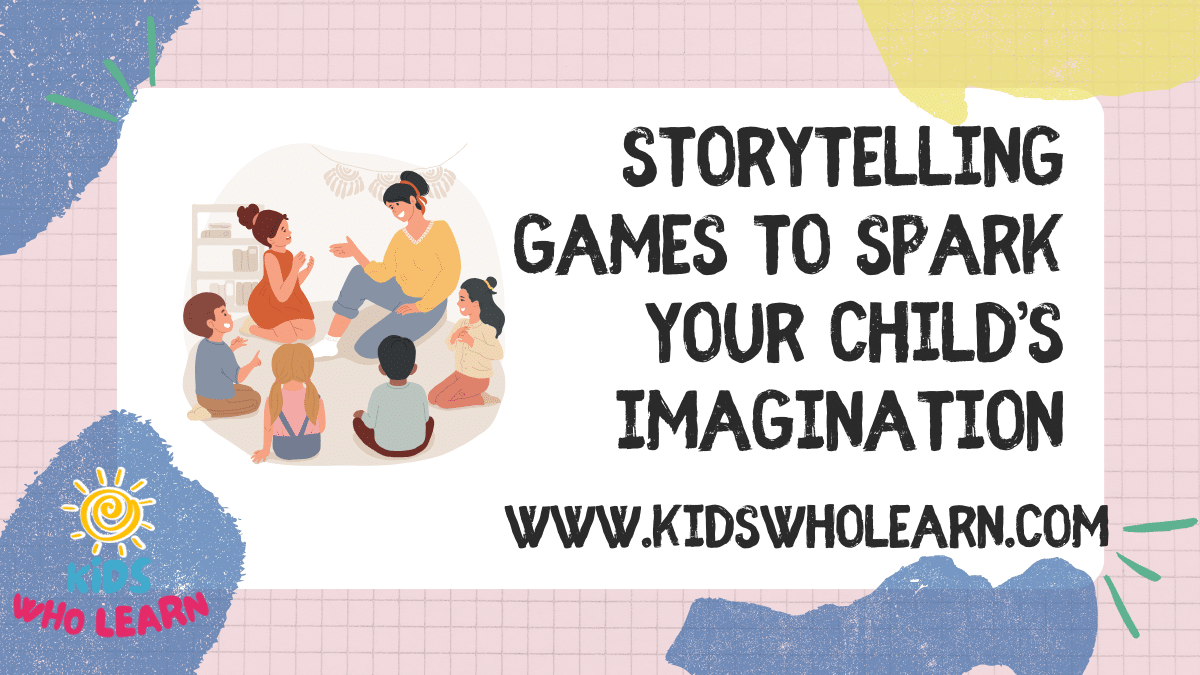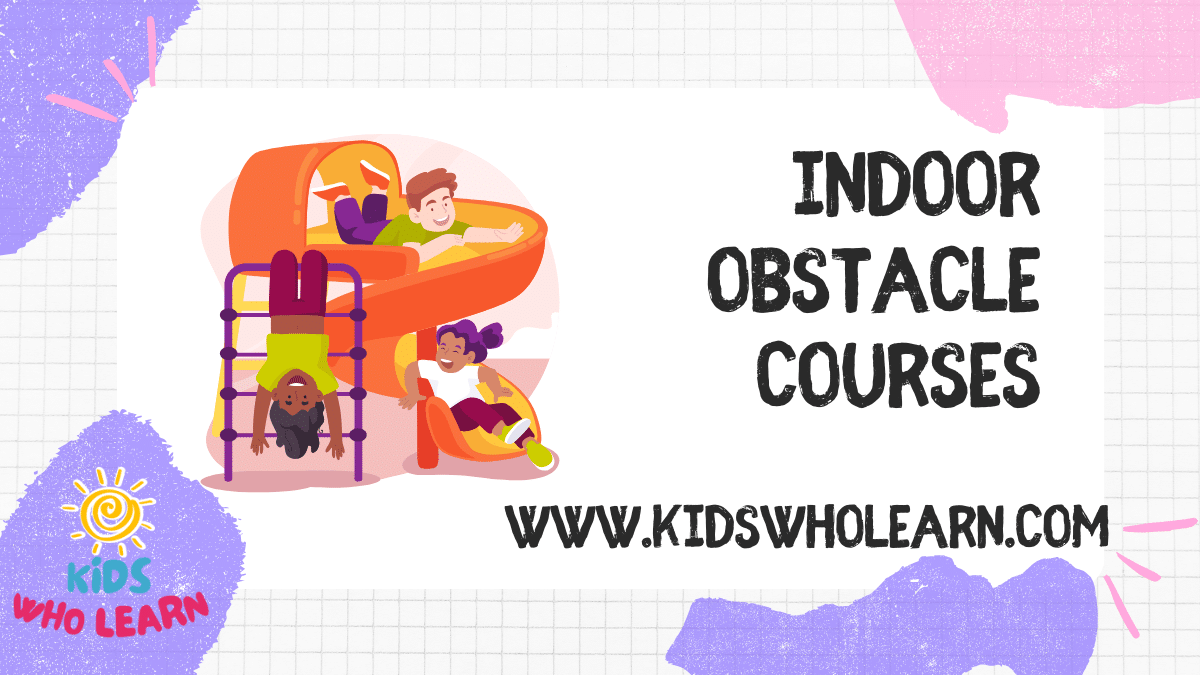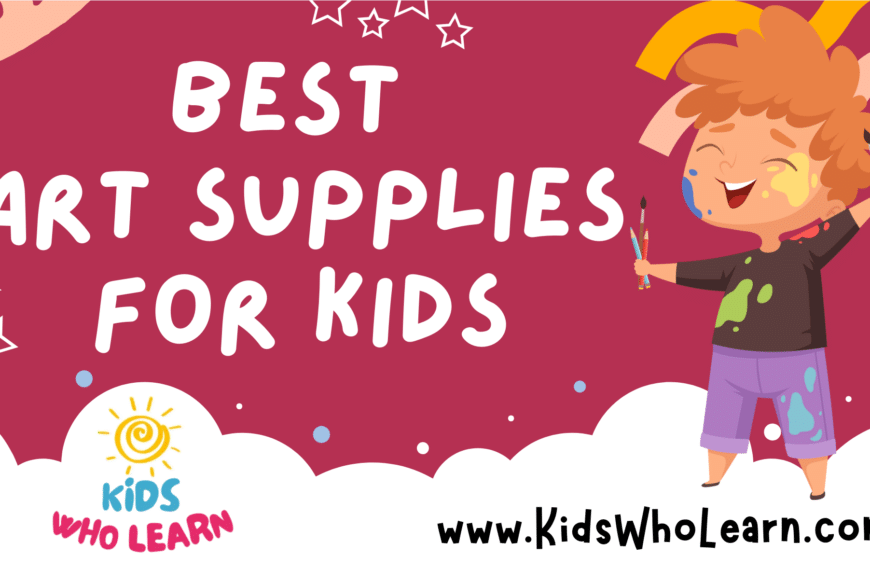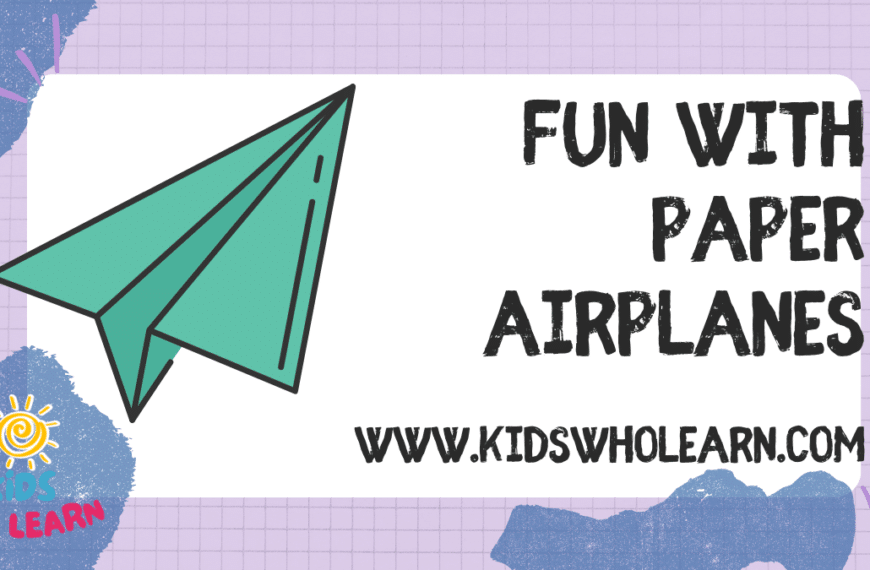Imagination is a vibrant playground within the minds of children, and there’s no better way to cultivate it than through storytelling games. These games not only spark joy and excitement but also play a crucial role in the development and cognitive growth of youngsters. By engaging in the act of creating and sharing stories, children develop a myriad of skills, ranging from linguistic prowess to emotional intelligence. They learn to think critically, express themselves clearly, and grasp the power of narrative.
Introducing storytelling games into everyday life can be both simple and transformative. Dedicate a time for such activities, whether it be during a family game night or as a winding-down ritual before bedtime. Choose games that are age-appropriate and hold the capacity to capture your child’s attention. Encourage active participation by associating stories with actions or images, and gradually challenge them with complex story elements to foster innovation. Remember, the goal is to make storytelling an engaging, regular part of your child’s life.
Creating an environment conducive to storytelling is fundamental. Tailor the storytelling space to stimulate your child’s senses and imagination. Use visual aids, such as picture cards or story dice, to prompt the narrative flow and keep your child engaged. As children narrate tales of wonder, they’re not just playing—they’re building essential life skills. They learn to connect with others, share perspectives, and uncover a joy for learning that transcends traditional educational environments.
Key Takeaways
- Storytelling games enhance critical thinking and creativity in children.
- Daily integration of storytelling in family routines enriches communication and learning.
- A supportive environment with visual aids fosters immersive storytelling experiences.
The Importance of Storytelling for Child Development
Storytelling is a powerful tool for enhancing various aspects of child development. By engaging in storytelling games, your child can reap benefits that extend from bolstering creative faculties to advancing social skills.
Boosting Creativity and Imagination
Engaging in storytelling sparks your child’s creativity and imagination, allowing them to visualize new worlds and perspectives. As they craft stories, they learn to generate original ideas and think outside the box, which is crucial for innovative thinking.
- Ideation: Your child practices inventing characters and plotlines, which enhances their creative thinking.
- Visualization: Imagining the setting and events of a story strengthens their ability to create mental images and think visually.
Enhancing Language Skills and Literacy
Storytelling games contribute significantly to improving your child’s language skills and literacy. They encourage a deeper understanding and use of language, which is vital for reading and writing.
- Vocabulary: Regular storytelling introduces new words, expanding your child’s vocabulary.
- Comprehension: As they tell and listen to stories, children enhance their ability to understand and process complex sentences and narrative structures.
Fostering Social and Communication Skills
Through storytelling, your child develops key social and communication skills. It’s a natural way for them to learn how to convey ideas and emotions effectively and to listen to others.
- Sharing: Storytelling games require taking turns, teaching the value of listening and sharing speaking time.
- Expressing Emotions: Describing characters’ feelings in stories helps your child identify and express their own emotions.
Building Confidence and Empathy
Getting involved in storytelling can be a huge confidence booster. It also nurtures empathy, as your child learns to see the world through different characters’ eyes.
- Self-Esteem: Successfully telling a story can give your child a sense of achievement, uplifting their self-confidence.
- Perspective-Taking: They learn empathy by exploring various characters’ viewpoints and experiences.
Storytelling Games Overview
In storytelling games, you can guide your children through a creative journey using simple yet powerful tools like story cubes, story cards, and diverse prompts. These games are crafted to spark imagination and aid in the development of language and storytelling skills.
Categories of Storytelling Games
- Story Cubes: You roll dice featuring images on their faces and use those images to build a story. Each roll presents a new set of pictures, such as settings, objects, and actions, which your kids can weave into an expanding narrative.
- Story Cards: These are cards with illustrations or words that serve as story prompts. The goal is to form a cohesive and engaging story by connecting these prompts together. Story cards can be tailored to various themes, allowing your children to explore diverse worlds and characters.
- Interactive Storytelling Games: In these games, multiple players contribute parts of the story in a turn-based fashion. This type encourages collaboration and social interaction.
Benefits of Using Storytelling Games
- Creativity and Imagination: By engaging with storytelling games, your children exercise their creativity by inventing unique plots, settings, and characters.
- Language Development: These games promote language skills as your children describe their ideas and articulate the flow of narratives.
- Problem-Solving: Your kids will often encounter the challenge of linking unrelated prompts together, which enhances their problem-solving skills.
- Social Skills: Many storytelling games require collaboration, which helps your children develop important social skills like listening and teamwork.
How to Incorporate Storytelling Games in Daily Life
Engaging your child in storytelling games is a dynamic way to spark creativity and strengthen your bond. Below, discover specific activities that can be woven effortlessly into your daily life.
Indoor Storytelling Activities
Creating imaginative stories indoors can be a wonderful way to spend quality time together. Utilizing Story Cubes, roll the dice and challenge each other to invent a tale incorporating the images shown. This can be a fun activity to do while relaxing at home or during a break from homework.
Starting a storyline with “Once upon a time” is a classic approach to trigger the imagination. Select a book from your child’s collection, read the first few lines, and then encourage them to continue the story in their own words. This method merges literature with drama, transforming the reading experience into an interactive game.
Outdoor and Travel-Friendly Storytelling Games
During travels or while spending time outside, portable storytelling games can be an excellent way to entertain children. Games that need little to no equipment can make waiting times at airports or long car rides more enjoyable.
For example, take turns creating a group story where each person adds a sentence. This encourages bonding and keeps everyone’s attention focused on the collaborative effort. Outdoor settings can also inspire nature-based stories, where elements around you become part of the narrative.
Integrating Games into Reading and Drama
To enhance your child’s appreciation for literature and drama, incorporate storytelling games that utilize these elements. Create dramatized readings of favorite books, where you both act out roles, providing a deeper connection to the material.
Another effective fusion of reading and gaming is to have your child rewrite a familiar story with a new twist or ending. This encourages them to think critically about the stories they read and imagine alternatives, further sparking their creativity.
Creating Engaging Story Environments
To spark a child’s imagination, it’s crucial to immerse them in an environment that is both visually stimulating and interactive. Here’s how you can transform storytelling time into an unforgettable creative adventure.
Using Props and Puppets
Integrating props and puppets into your storytelling can bring characters to life. By holding a puppet, you allow a child to visualize the storyteller within the narrative. Props, ranging from simple household items to intricate crafts, can be used to symbolize key story elements. For example, a spoon might become a magical wand, or a pair of glasses might turn into a detective’s must-have accessory.
Puppets are equally powerful tools. They can take on roles of various characters, providing a visual anchor for the imagination. Create your own puppets using materials like socks, felt, and yarn, or invest in professionally made puppets that correlate with your story’s theme. Encouraging your child to control a puppet can further their engagement, allowing them to direct elements of the storytelling process themselves.
- Suggested props:
- Magic wand (a stick or a spoon)
- Detective’s glasses (sunglasses or toy spectacles)
- Storybook treasure (a box or a painted rock)
- Puppet ideas:
- Homemade sock puppet with buttons for eyes
- Crafted felt characters with movable limbs
- Store-bought animal puppets for a jungle tale
Crafting a Story Space
Creating a dedicated story space is essential for immersive storytelling. It should be an area that can be easily transformed to fit various stories and themes. Use crafts and images to decorate and establish the setting. A paper city could serve as a backdrop for an urban adventure, while a handmade fabric forest sets the stage for an enchanted tale.
To construct this space:
- Choose a corner or area of the room that can be easily modified.
- Lay down a themed blanket or rug that fits the current story.
- Hang images or crafts on the walls or from the ceiling to depict story elements.
- Include interactive elements that the child can move or rearrange during the story.
Remember, the key to an engaging story environment lies in the details. Simple things like color-coded places that correlate with the story’s locations can have a big impact. The versatility of the space encourages regular changes, preventing the storytelling experience from becoming monotonous.
- Decoration suggestions:
- Themed rugs or blankets that match the story’s setting
- Wall decals or removable stickers
- Mobiles or hanging decorations that reflect elements of the narrative
- Interactive elements:
- Velcro-backed characters or objects
- Movable parts of the paper city
- Crafted items related to the story for tactile engagement
By curating your story space and using props and puppets wisely, you create a dynamic environment that can captivate a child’s imagination and make storytelling a cherished activity.
Leveraging Visual Storytelling Aides
Visual storytelling aids can significantly enhance the storytelling experience by providing concrete, imaginative prompts that foster creativity and engagement. By utilizing different forms of visual stimuli, you can help children to visualize the narrative, embolden their imaginations, and encourage active participation.
Story Stones and Story Cards
Story stones are small, flat rocks that have pictures or words painted on them, representing different characters and elements of a story. You can use these stones to construct a sequence of events or to prompt the creation of a unique tale. To begin, lay out the stones and select them at random to build your story.
- How to Use:
- Choose: Select a stone to start the narrative.
- Develop: Pick additional stones to add details.
- Encourage: Ask the child to describe the unfolding events.
Story cards, on the other hand, are typically illustrated cards that provide visual cues and plot points. These cards often come in sets, each depicting different scenes or story components.
- Steps for Engagement:
- Draw: A card is drawn to set the scene.
- Interpret: The child describes what they see and might happen next.
- Expand: Continue drawing cards to expand the story.
Once Upon a Time with Images
The phrase “once upon a time” is synonymous with storytelling and serves as a perfect introduction to tales triggered by images. Use picture books, photographs, or illustrated posters to kickstart a storytelling session.
- Method:
- Show: Present an image to the child.
- Inquire: Ask what might be happening in the scene.
- Build: Use the child’s input to create a broader narrative.
With each new image, introduce additional elements such as different characters or settings to extend the story. This process not only enhances their storytelling abilities but also aids in understanding sequence and cause-effect relationships.
Role-Playing with Dress-Up
Dress-up play is a fantastic method for bringing stories to life, allowing children to become their favorite characters. Through role-playing, they can explore the story more deeply and express themselves in new and exciting ways.
- Guidelines:
- Select: Choose costumes that relate to the narrative’s characters.
- Adopt: Encourage the child to act out a character’s role.
- Reenact: Create scenarios from the story for the child to play through.
By donning different outfits, children can physically step into a character’s shoes and explore their actions and motivations, making the storytelling experience more immersive.
Building Blocks of Stories
To captivate your child’s imagination, storytelling games should include dynamic characters, engaging settings, and captivating plots. These elements serve as the foundation for creating memorable and inspiring tales.
Character Development
In storytelling games, characters are the heart and soul of the narrative. They drive the story forward with their goals, challenges, and personal growth. For instance, in a fairytale-themed game, you might guide your child to create a character as vivid as Dorothy from The Wizard of Oz. Encourage them to think about:
- Motivations: What does the character want?
- Flaws and Skills: What are their strengths and weaknesses?
| Characteristics | Example from The Wizard of Oz |
|---|---|
| Name | Dorothy Gale |
| Goal | To return home to Kansas |
| Challenge | Overcoming the Wicked Witch |
| Unique Trait | Ruby slippers |
| Growth | Learning the value of home |
World Building and Settings
The setting lays the groundwork for the story’s context and is crucial in immersive storytelling. It’s where the characters’ adventures unfold and must be detailed to engage the young mind. Create a setting as rich and intricate as the Land of Oz, including:
- Locations: Envision places like the Emerald City.
- Atmosphere: The feeling or mood of the environments.
| Elements of Setting | Description |
|---|---|
| Landscapes | Varied regions from Munchkinland to the dark forests |
| Buildings | From the Witch’s castle to Dorothy’s Kansas farmhouse |
| Time Period | An undefined fantastical era |
Plot Twists and Story Prompts
Effective storytelling hinges on a compelling plot with unexpected turns that keep the narrative exciting. Create prompts to challenge your child’s storytelling abilities and introduce surprises that shift the story’s direction. Use twists akin to the revelation of the man behind the curtain in The Wizard of Oz. Here are some prompts to consider:
- Imagine your character finds a hidden path that changes their journey.
- What if your character discovers they’ve had the power to achieve their goal all along?
| Story Twists | Potential Impact on Narrative |
|---|---|
| Revealing a Hidden Ally | Could change the dynamics of character relationships. |
| Secrets Unveiled | Might alter the character’s goal or motivation. |
Encouraging Creative Thinking and Innovation
To nurture a child’s potential, engaging them in storytelling games harnesses their creative thinking and channels their imagination into innovation.
From Story Starters to Story Creation
Story starters are catalysts for your child’s imagination, prompting them to craft narratives that are as boundless as their creativity. Begin with a simple sentence or image and encourage your child to elaborate, creating a unique storyline. This process develops their ability to generate ideas and build characters, laying a foundation for innovative thinking. For instance, prompt your child with a scenario:
- Prompt: “In a land where everything is made of sweets…”
- Question: “What happens when it rains?”
Your child’s response will shine a light on their thought process, allowing them to explore and develop diverse outcomes.
Cultivating the Young Inventor
Encouraging your child to become a young inventor does not solely pertain to creating gadgets or machines. It’s about fostering a mindset that is unafraid to experiment with new ideas within their stories. Suggesting that their characters solve problems or create inventions within the tale can inspire them to think like inventors. Provide them with scenarios where innovation is key:
- Challenge: The characters need to cross a canyon.
- Invention: What could they invent to get across?
As they devise solutions, they exercise flexibility in thought and are emboldened to face real-world challenges creatively.
Extending Storytelling Beyond Games
Storytelling games offer a foundation of creativity and imagination, but the journey extends into the realm of literature and societal engagement. You can enrich your child’s storytelling abilities by exploring wider applications in day-to-day life.
Incorporating Traditional Literature
Fairytale Magic:
- Read Together: Dive into the world of traditional literature with your child by reading fairytales together. This will not only improve literacy skills but also provide a rich source of inspiration for their own stories.
- Interactive Discussion: Encourage them to retell these stories in their own words, which aids in developing social skills.
Cultural Exploration:
- Study diverse literary works from various cultures to enhance understanding of society.
- Introduce classical literature in stages, fostering a deeper appreciation for storytelling.
The Role of Storytelling in Society
Communal Bonds:
- Recognize storytelling’s power to forge connections and build empathy within a society.
- Engage in community storytelling events, where sharing stories can bolster social skills.
Narratives in Learning:
- Understand that storytelling transcends entertainment—it’s a tool for teaching history, morals, and social values.
- Advocate for storytelling in educational curricula, showcasing its role in shaping literate, well-rounded individuals.
Games as a Tool for Educational Enhancement
Games have an outstanding potential to enhance educational outcomes, particularly in the development of memory and language skills as well as in the expansion of vocabulary and literacy.
Improving Memory and Cognitive Skills
Utilizing storytelling games in your child’s routine can significantly boost their memory and cognitive abilities. Memory enhancements emerge as children recall plot elements, characters, and sequences of events in a story. Cognitive skills are honed as they understand the story structure and make connections between different story elements.
- Plot Recall: Children practice remembering and retelling stories.
- Character Retention: Recognizing and describing different characters aid in memory retention.
- Sequence Understanding: Arranging events in logical order enhances cognitive processing.
Vocabulary Building Through Storytelling
Storytelling games offer an avenue for children to enhance their vocabulary and literacy. Exposure to new words occurs naturally in the context of a captivating story.
- New Words: Kids come across words they haven’t heard before, prompting curiosity and learning.
- Contextual Learning: Understanding words within the story’s context aids in language comprehension.
Using storytelling games as a tool provides a rich, engaging experience that directly benefits educational growth.
Nurturing Family Bonds Through Storytelling
Engaging in storytelling games with your children not only sparks their imagination but also strengthens the ties within your family. Embracing these activities during family game nights and establishing a tradition of storytelling can create lasting memories and foster a supportive home environment.
Family Game Nights with Storytelling
During family game nights, introduce storytelling games as a centerpiece. Games like Rory’s Story Cubes or Once Upon a Time require players to create stories based on prompts, which can range from pictures on dice to fairy tale elements in cards. These toys encourage pretend play and require participants to listen and add to each other’s narratives.
- Interaction: As your family takes turns, each member builds upon the previous person’s segment, forming a unique story. This promotes active listening and response skills.
- Teamwork: Collaboratively creating a story involves negotiation and mutual agreement on plot directions, characters’ actions, and storyline resolutions.
Creating a Culture of Storytelling at Home
To nurture a culture of storytelling at home, integrate storytelling into your routine. This encourages your children to share and imagine stories beyond dedicated game nights.
- Daily Sharing: At dinner or bedtime, have a designated “story time” where each person can share an event from their day or fabricate a tale, casting the family as characters. Encourage details to make the narration rich and engaging.
- Story Prompts: Keep a jar of story prompts in a common area. Encourage family members to draw a prompt and construct a story, whether it’s orally or written, to share later.
By fostering a storytelling culture, you are not just creating entertainment; you’re also building bonding opportunities that contribute to a child’s development and the emotional connectedness of your family.
Frequently Asked Questions
Explore how interactive games can ignite your child’s creativity and storytelling abilities.
What are some effective ways to encourage storytelling in children aged 5 to 8?
To encourage storytelling in children of this age, integrate visual aids like picture cards, utilize story cubes to provide plot elements, and play games that prompt them to use their imagination to create narratives.
How can you make a story game engaging and fun for kids?
Keep the rules simple and incorporate elements of surprise or humor. Use props or costumes for role-playing, and allow kids to control the direction of the story to keep them fully engaged.
What kinds of online story-making games are suitable for young children?
Select online games that are age-appropriate, interactive, and have easy-to-use interfaces. Look for ones with vibrant graphics and prompts that aid in plot development, catering to their limited reading ability.
Are there any interactive games that can help children develop their imagination while creating stories?
Games like ‘Rory’s Story Cubes‘ or ‘Once Upon a Time’ are interactive and encourage children to expand their imagination. They require players to craft stories based on images or themes, promoting creative thinking.
What strategies can parents employ to make storytelling a more interactive and imaginative activity?
Parents can take turns with their children in adding sentences to a story, use a story basket with various objects as prompts, or organize storytelling circles where children can share and listen to others’ stories.
Can you explain how games like ‘Magic Socks’ help in sparking a child’s imagination?
‘Magic Socks‘ is a game where children pull random items from a sock and then invent a story involving these items. This unpredictability stimulates their creativity and helps them think outside the box.










